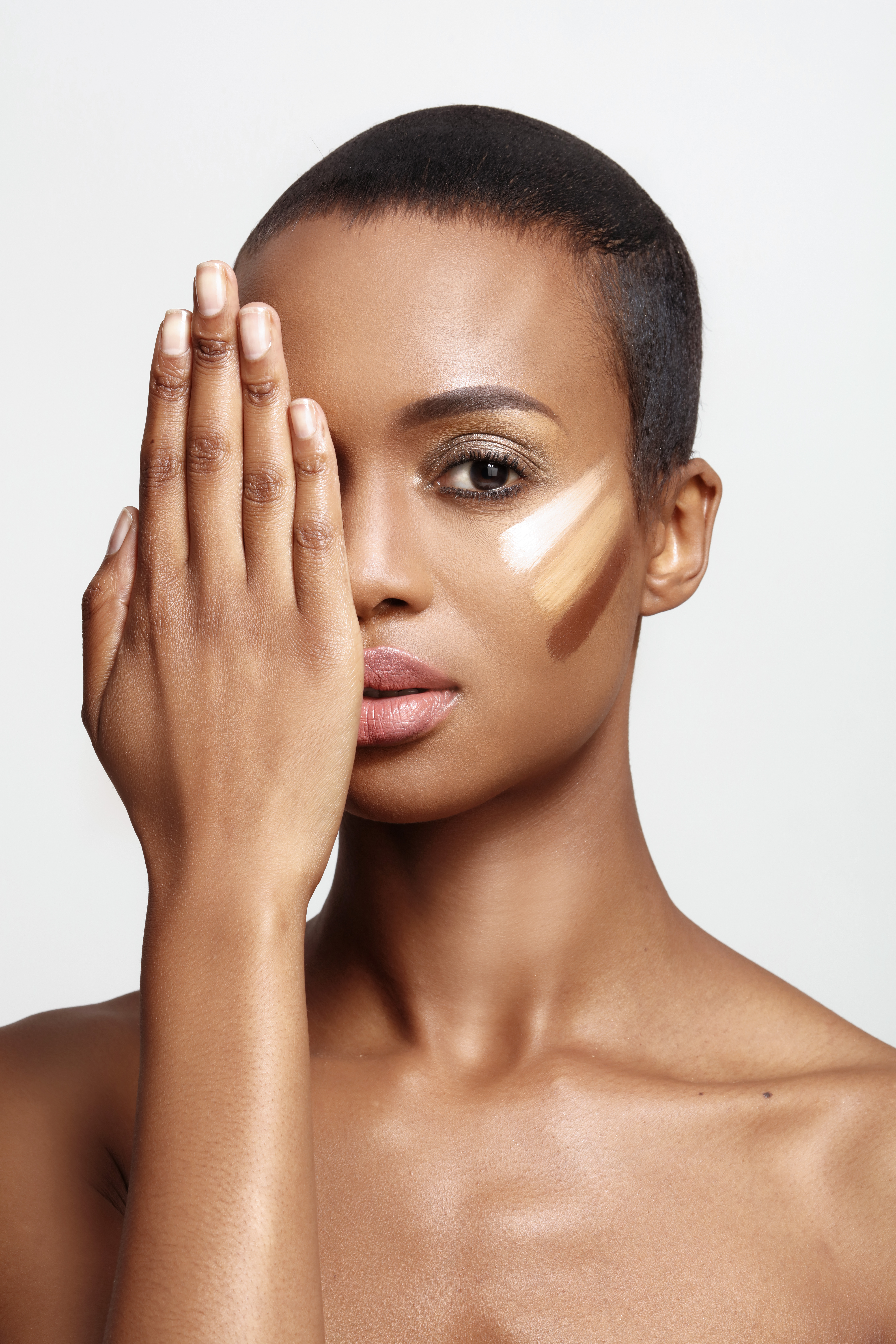
The make-up section of any shop is pretty much a never-ending supply of products claiming to be the best thing you could ever buy.
This couldn’t be truer than when you come to the foundation selection: creams or powders, tinted or sheer, full-coverage or not – you’d be more than forgiven for being beyond confused.
Which is why we decided to help you all out with this guide to types of foundations, and which one you should use:
Read more: The best budget-friendly foundations – all under R200
1. Tinted moisturizer.
As the name suggests, this is a combination of a moisturiser and a foundation. These are fairly sheer so tend to give you the appearance of an even skin tone rather than actually covering up blemishes, so if it’s coverage you’re after, this isn’t for you.
However, if you wouldn’t dare to go bare but have overall great skin, this is the way to go. It’s also a great option – when paired with a good SPF – for those beach days when you’re looking for mild coverage but don’t want to clog your pores.
2. BB Cream.
The increasingly popular BB cream has taken the beauty world by storm, and for good reason. BB stands for blemish balm, and it comes with various skin benefits while offering light to medium coverage. It pretty much contains a range serums, minimising your skin regime and saving you money… yes please!
More often than not, a BB cream will contain an SPF – which is always a win – but be sure to still use it over sunscreen for optimal sun protection. BB creams generally give you lighter coverage than you get with your actual foundation, but more so than with a tinted moisturiser.
SEE ALSO: Different foundations to try
3. CC cream.
What does CC stand for, you ask? Colour correcting! Because it’s a colour corrector, it works to correct and even out your overall complexion, with added benefits that may include an SPF, coverage and anti-ageing qualities.
Depending on the product and your needs, a CC cream can help with redness, yellowness, sallow-looking skin and generally uneven skin tone. The coverage offered varies from brand to brand, with some being sheer and working more like a primer, while others give you a more foundation-like base. CC creams really do work wonders for your complexion, so if skin tone is your concern, this is the ideal product for you.
4. Powder foundation.
This comes in two forms: loose and pressed. Loose powder foundation is generally used to fix make-up in place rather than as a cover-up, although if you’ve got good skin, this could give you the light coverage you’re looking for.
Pressed powders make great foundations for those with oily skin, as they help soak up excess oil and keep your make-up in place. Powder foundations should be completely avoided by those with dry and mature skin, as it can look cakey and will enhance wrinkles and fine lines.
Read more: Foundation fails (and how to fix them)
5. Liquid foundation.
The type we’re all familiar with! If you’re struggling with skin woes, chances are this product is your BFF. However, with a range of types (matte, oil-free, etc) and varying degrees of coverage, it is best to consult with your skin specialist or one of the experts at the counter to tell you exactly what your skin needs.
Remember, a lot of brands offer samples. So before you fork out your hard-earned cash for something that doesn’t work for you, check if you can test a sample first.
The post Foundation 101: decoding types of foundations and when to use which one appeared first on All4Women.




